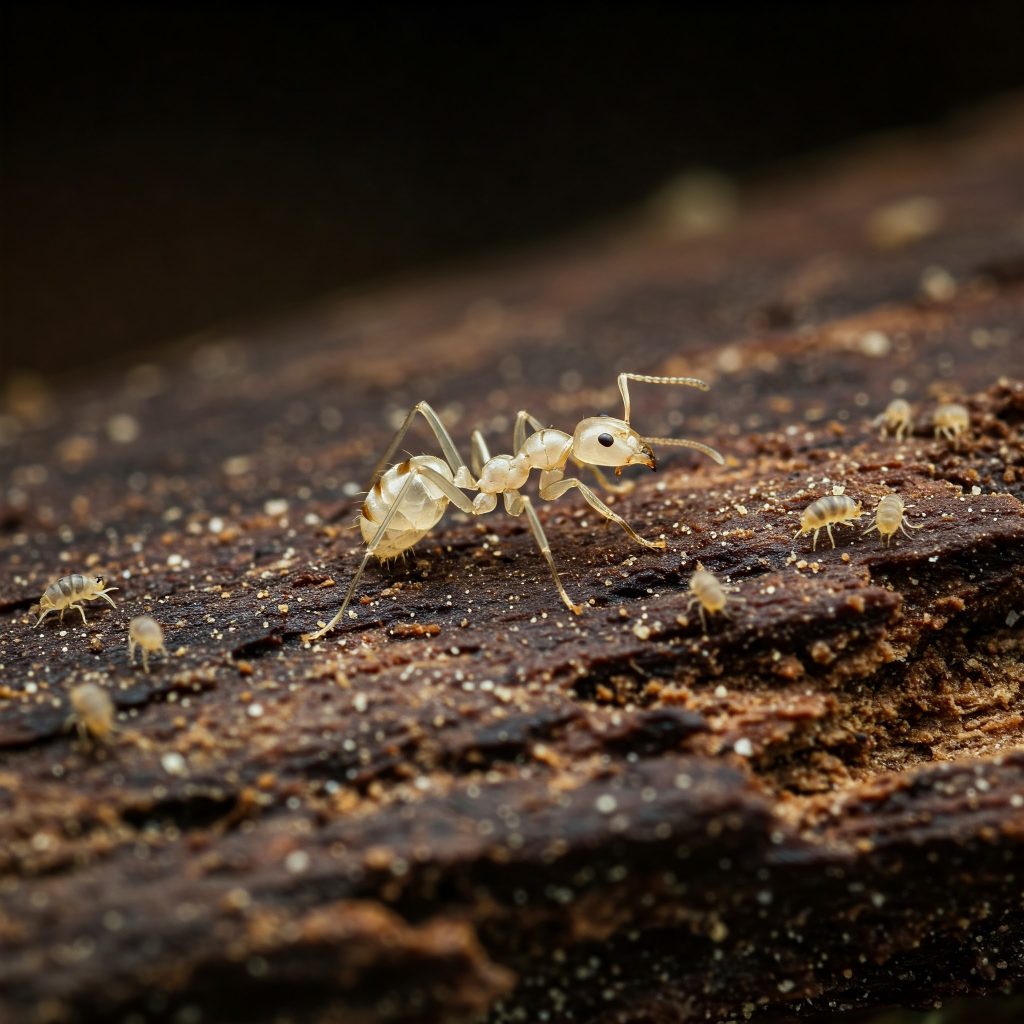Ants
Ants can be a problem in and around the home. Of the approximately 100 species of ants in Canada, most build nests in soil. However, some nest beneath concrete slabs, near foundations, under rocks or in wood. When these nest sites are near human residences or food establishments, a pest problem can arise.
Many ant species will sting, injecting a protein based venom, or bite with the mandibles in defence of the nest or if molested.
Having problems with ants?
European Fire Ant
Length: Adult worker 4-5 mm
Colour: Adult worker is reddish brown but colour may vary with individuals
European fire ants have become a pest in a few areas of Ontario primarily because these aggressive, stinging ants interfere with people’s use and enjoyment of their properties, gardens and parks. These ants do not have a defined nest but forage both on and above ground on plants, shrubs and trees.
When disrupted, the ants will deliver a painful sting which has in a few cases produced severe allergic reactions to the venom including anaphylactic shock.
No swarming has been reported, and new infestations appear to be caused by human-aided dispersal, particularly with the movement of infested soil, mulch, and potted plants. Colonies that are already established spread to adjacent areas via budding. This occurs when one or more queens and a group of workers, frequently with brood, move from an existing colony to a new nest site to form a satellite colony.
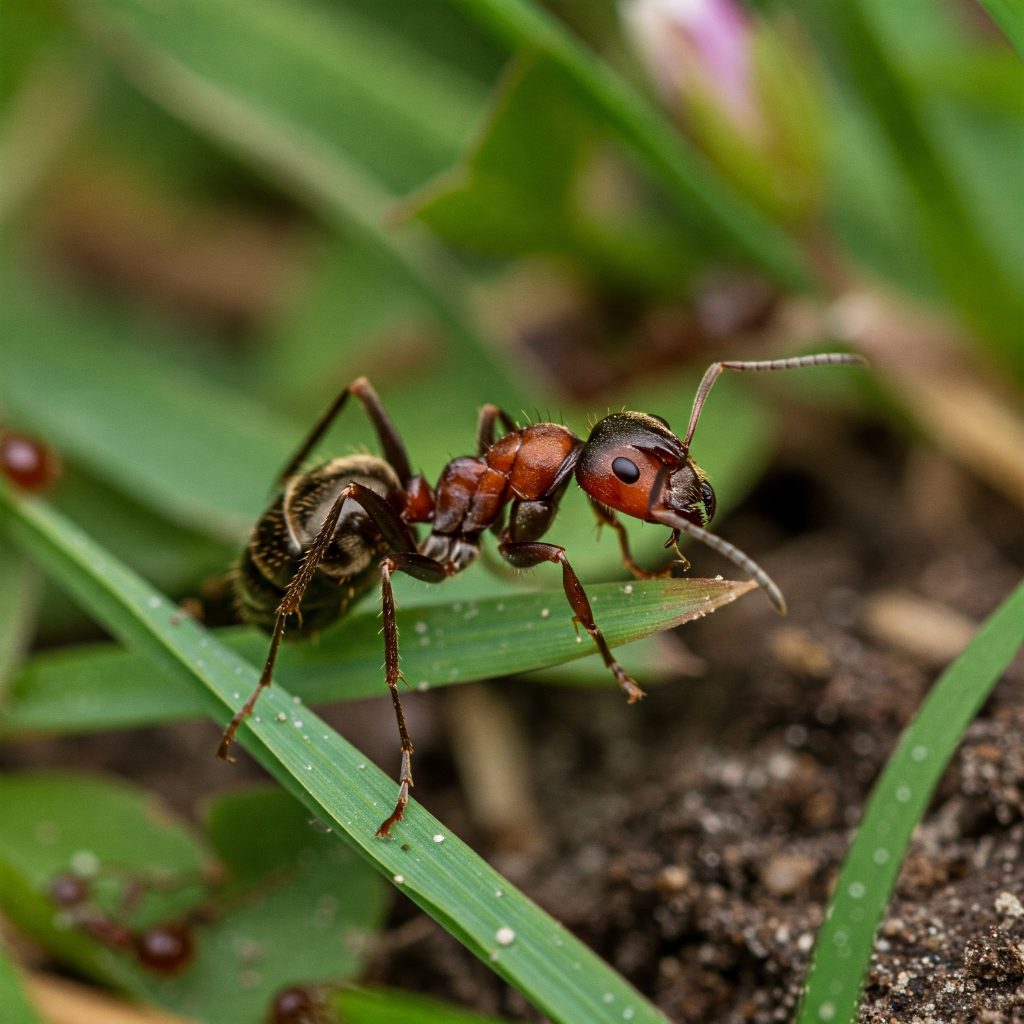
Crazy Ant
Length: Adult worker 1.5-3 mm
Colour: Adult worker is black
This ant runs with rapid erratic movements. It is mainly a greenhouse pest because of imports form Florida.
It nest in covered soil, foundations, or rotting wood. It prefers sweet material, but will feed on almost any organic food.

Field Ant
Length: Adult worker 3-9.5 mm
Colour: Adult worker is red, brown or black
Some species of Field Ants enslave other ants. Thus it is common to find what appear to be two different kinds of ants in a nest. Field Ants build large mounds in soil. They will not nest indoors. These ants prefer dead insects and sweet materials. They can become a pest when foraging indoors for food.
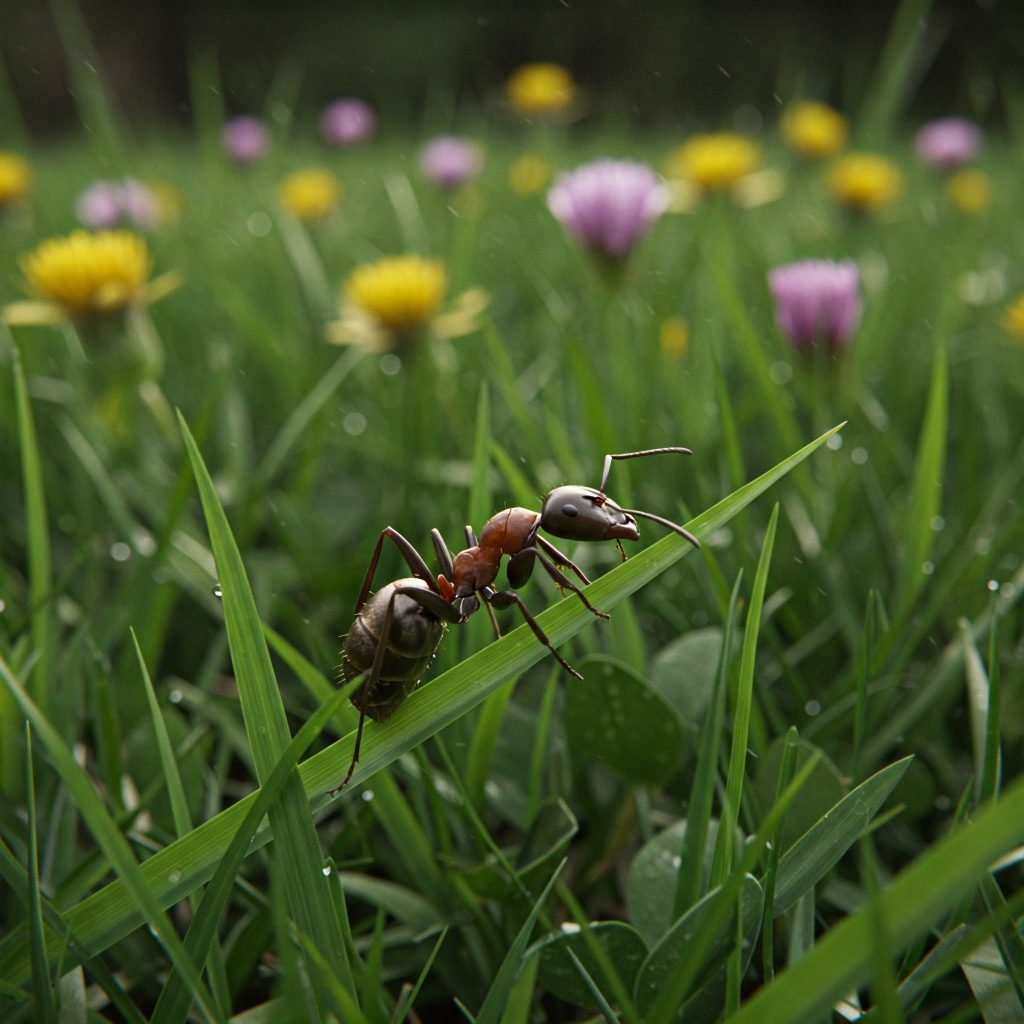
Honey Ant
Length: 1.5-3 mm
Colour: shiny black to reddish brown
The Honey Ant prefers to nest in clay soil and in well shaded areas. It prefers to eat sweet or decaying fruit, insects and honeydew from aphids.
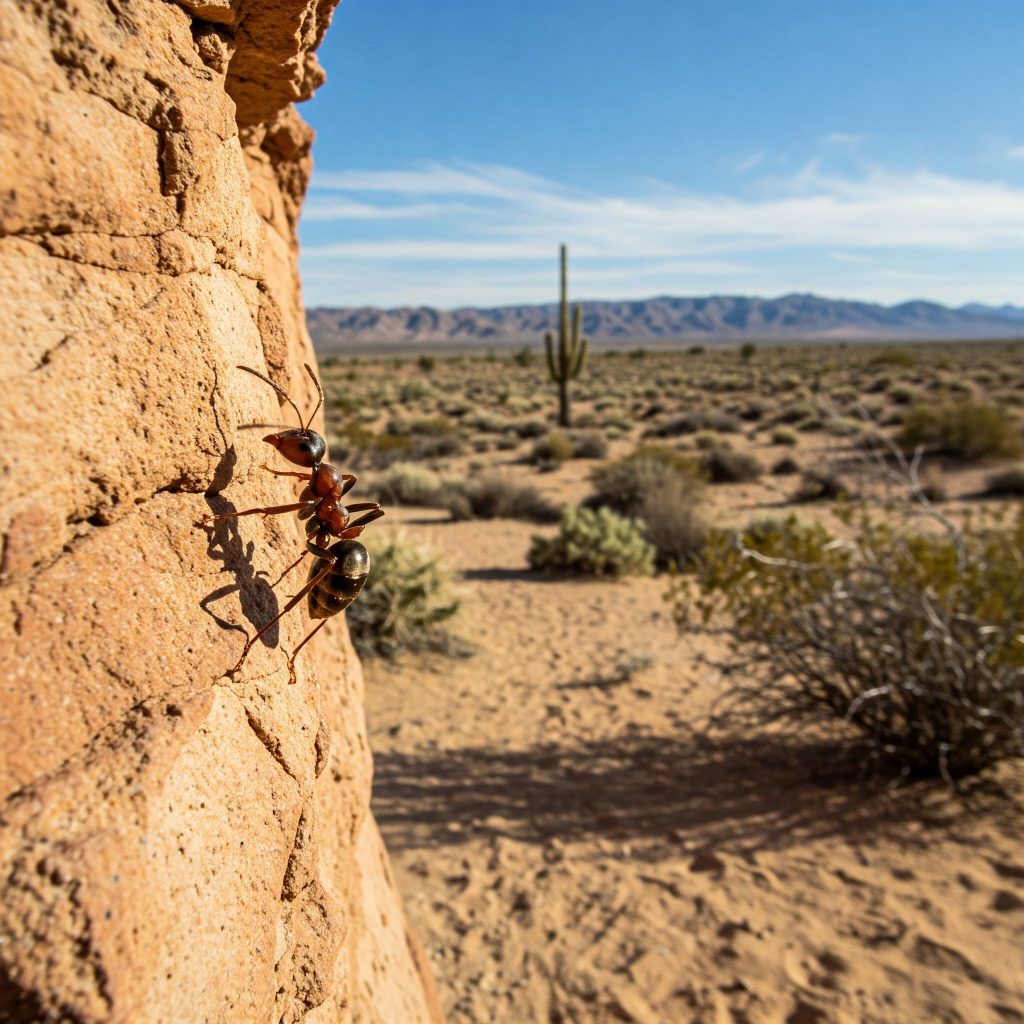
Large Yellow Ant
Length: Adult worker 3-5 mm
Colour: Adult worker orange-yellow
Other Features: Citronella (lemon) odour when crushed
The Large Yellow Ant nests in covered soil, rotting longs, and foundation walls. It rarely comes to the surface except to swarm on humid days in spring or occasionally in fall.

Odorous House Ant
Length: 3 mm
Colour: brown or black
Other Features: Rancid oil odour when crushed
The Odorous House Ant nests in soil, beneath wood or stones, in walls and under floors. it prefers sweet materials, such as honeydew of aphids.

Acrobat Ant
Length: Adult worker 3-6 mm
Colour: Adult worker brown to black
Other Features: Heart-shaped gaster held over thorax when disturbed; two spines on thorax
The Acrobat Ant lives in moist wood, under rocks, in soil or exposed soil, and may construct galleries in wood. It is often confuse with Carpenter Ants because of this nesting nature. It feeds o sweet material and protein sources.
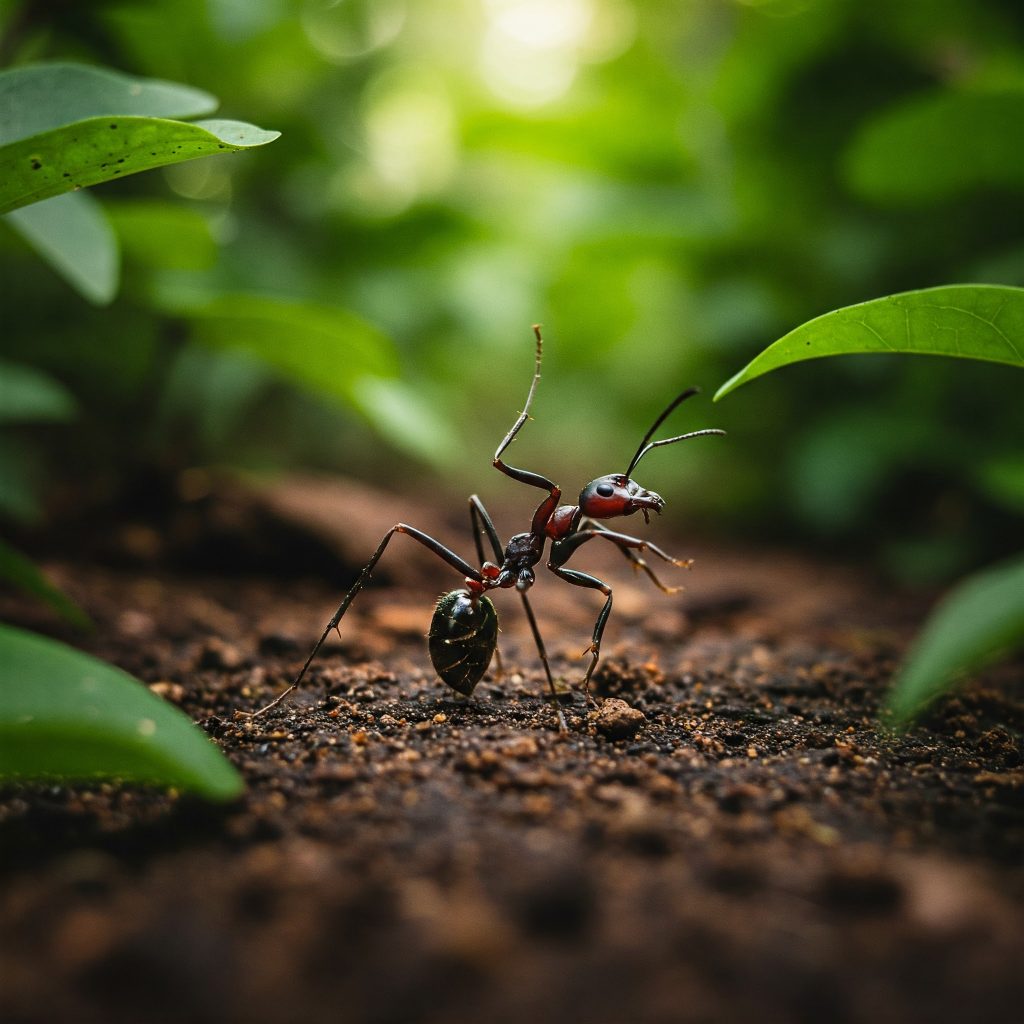
Little Black Ant
Length: Adult worker 1.5 mm
Colour: Adult worker brown to black
Other Features: Colonies with many queens
The Little Black Ant lives in exposed or covered soil, rotten wood, and behind baseboards. It feeds on insects, honeydew, grease, oils, vegetables and fruits.
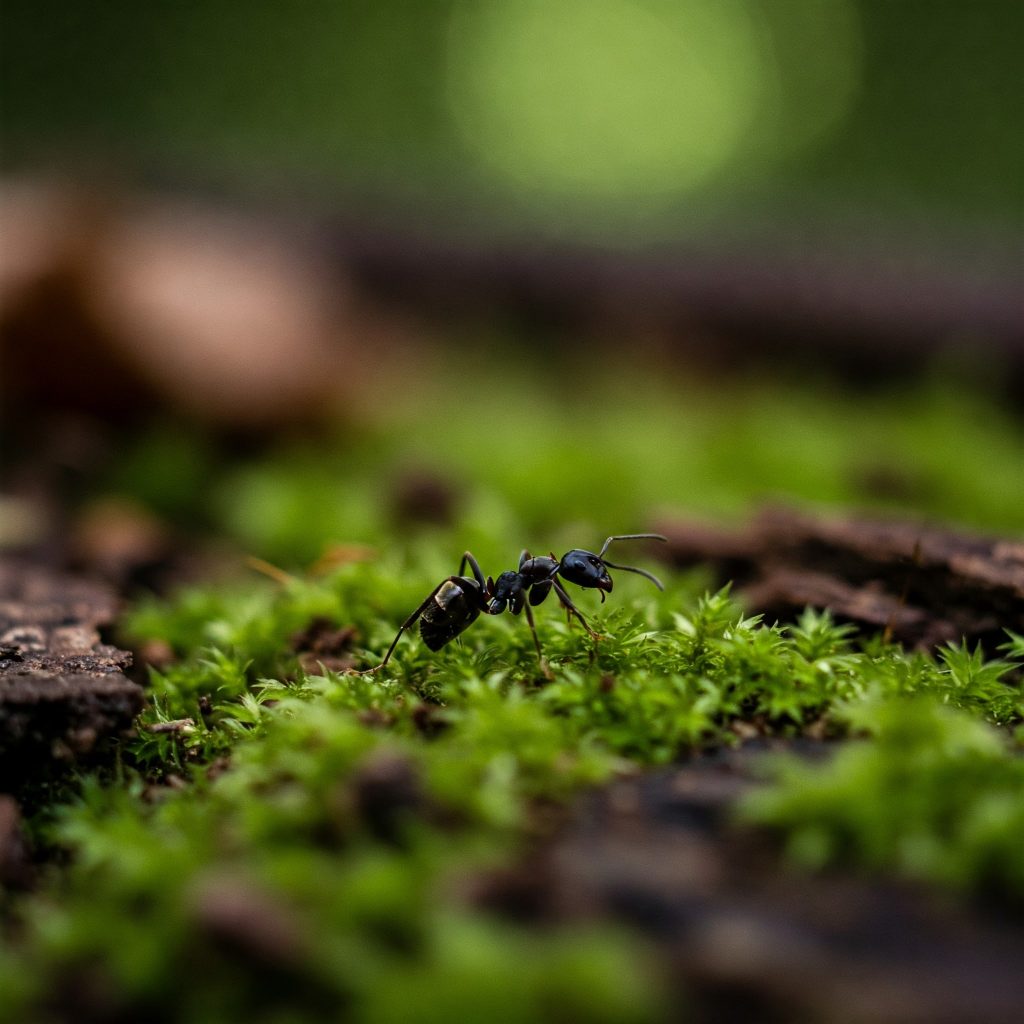
Thief Ant
Length: Adult worker 1-1.5 mm
Colour: Adult worker is shiny yellow to brown
Other Features: Club at end of antennae has two segments
The Thief Ant is the smallest ant in Ontario. It nests underground in rotting wood, and near foundation walls. It prefers protein and will not eat sugar. The Thief Ant lives in large colonies and will steal food and larvae from other ant colonies.
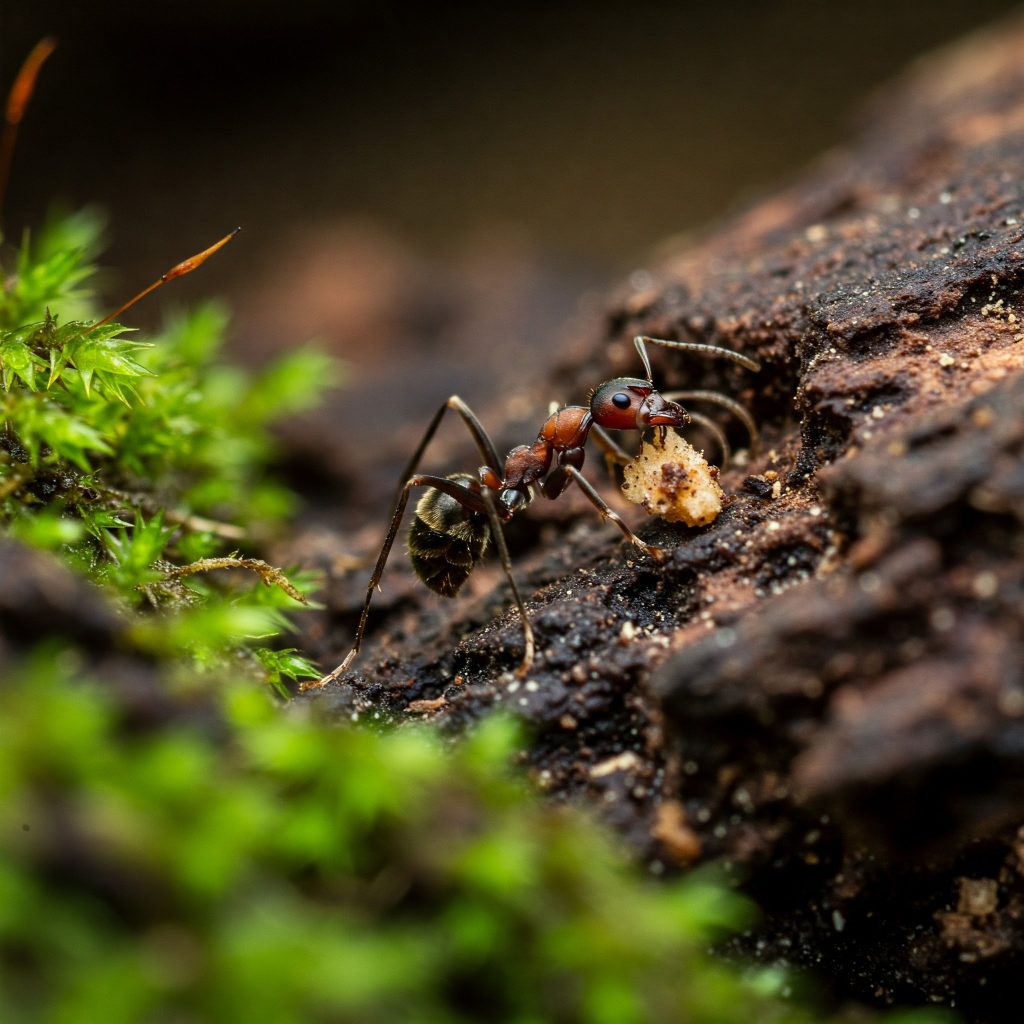
Pavement Ant
Length: 3-4 mm
Colour: brown to black
Other Features: head and thorax have fine parallel lines
Houses with slab on grade construction, especially where expansion joints occur in a slab or at the wall/floor junction, provide easy access from the subterranean nest into the structure. The Pavement Ant nest in soil, beneath slabs and between walls, or beneath patio slabs. It prefers grease and oils, but will eat insects and sweet material.

Ghost Ant
Length: 1.5 mm
Colour: legs, pedicel, gaster and antennae are translucent; head and thorax black
Ghost Ants are becoming common in greenhouse infested plants shipped from Florida. Ghost ants prefer high moisture areas and build colonies behind baseboards, in wall voids, in cabinets of buildings where they find food, feeding on dead insects, sweets and other food. They will also prey on some harmful plant mites.
